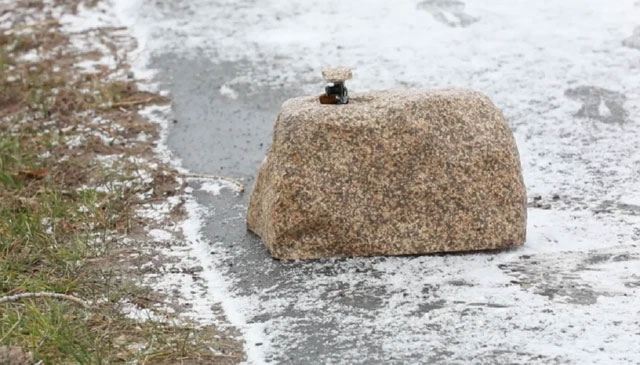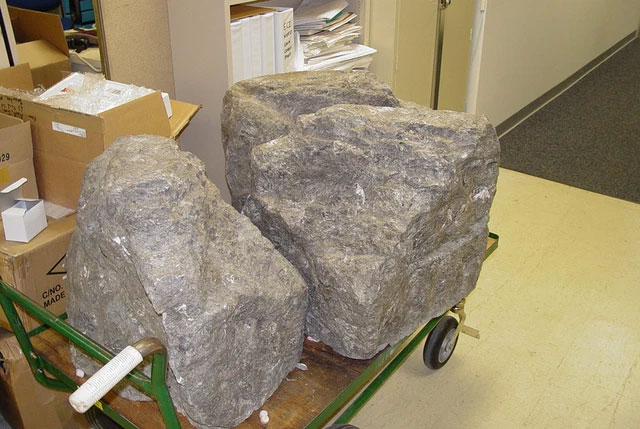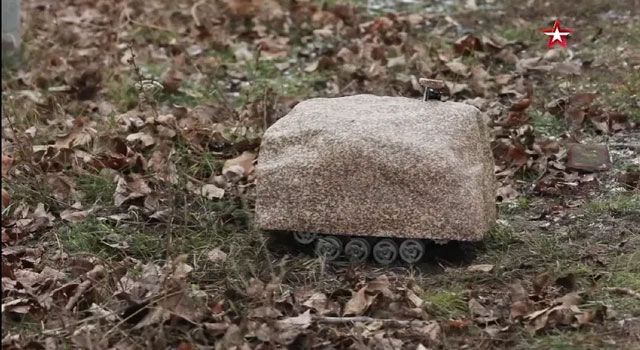This rock-shaped spy device has been developed by the Voronezh Academy as a new method for covertly monitoring enemies.
Returning from the battlefield in Syria, a military officer and scientific supervisor of the cadets at the Voronezh Military Academy brought back the idea of a “nature-friendly” observation robot complex. Its development into a practical product was carried out under the guidance of the Scientific and Technical Committee of the Combat Training Department of the Armed Forces of the Russian Federation. As of now, there are no similar intelligence devices in the inventory of the Russian armed forces.

This special spy robot resembles an ordinary pebble. It is a project by the cadets of the Voronezh Air Force Academy.
Hidden behind the camouflage exterior of a seemingly ordinary rock are advanced and multifunctional electronic devices. According to information released by the Zvezda television channel, the spy rock contains a mini motor and tracks, a microphone, an adjustable camera, and motion sensors.
The integrated battery can power the spy rock for 15 continuous hours, with a signal transmission range of up to 2km. This allows operators to sit safely far away from the monitored location while still “capturing every moment.”

The development team believes that using a rock shape with high camouflage will make this spy rock an essential device in trench warfare.
So far, such sophisticated spy devices are not equipped in any armed forces and have never been used anywhere. It has undergone a series of tests in an academic rock garden.

Few notice such ordinary rocks, and those invented by the cadets of the Voronezh Air Force Academy are easily overlooked.
Under the guise of these pebbles lies a sophisticated secret monitoring complex. The inventors are testing their operation in the academic rock garden, set against a backdrop of pine trees. A “clever” rock powered by tracks stealthily moves along the black soil and roots itself silently in place. In standby mode, it can last nearly a day.

In standby mode, it can last nearly a day.
When a signal from the motion sensor is triggered, the rock “comes to life”: the camera and microphone are ready to monitor the target. This device can record video for 15 continuous hours and transmit all information back to the command center located 2 km away.
“The main challenge was to design a compact modular monitoring system on tracks while ensuring it included all necessary components. Another feature of this complex is the use of both C# and Python programming languages,” said Nikandr Yemets, a cadet from the Air Force Academy.
It is not hard to imagine the range of applications for the spy rock. Due to its discreet camouflage and rapid repositioning capabilities, its effectiveness can be maximized in trench warfare. When all landmarks around are destroyed by snipers, and the enemy is monitoring every “move” of the soldiers, using a robot to observe the situation makes tactical sense, and its excellent camouflage will be very beneficial.

















































